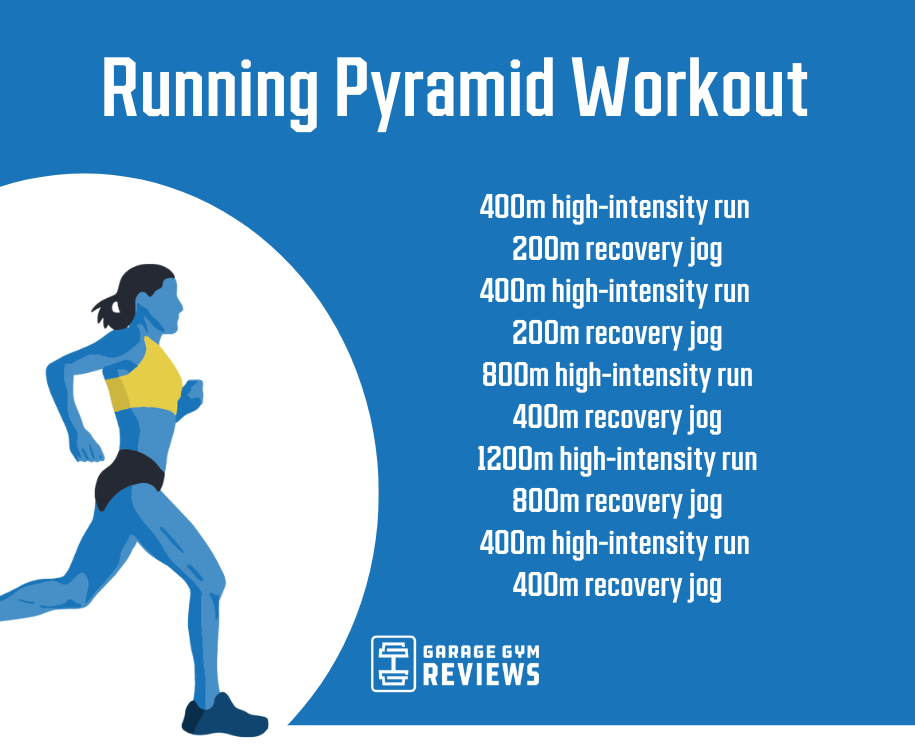The Ultimate Running Strategy Guide: Accomplish Your Physical Fitness Goals
The Ultimate Running Strategy Guide: Accomplish Your Physical Fitness Goals
Blog Article
Handling Typical Running Discomforts: Causes, Solutions, and Prevention
As runners, we usually encounter different discomforts that can hinder our efficiency and pleasure of this physical task. From the incapacitating discomfort of shin splints to the bothersome IT band disorder, these usual running discomforts can be discouraging and demotivating. Comprehending the reasons behind these conditions is crucial in efficiently addressing them. By checking out the origin factors for these running pains, we can discover targeted services and safety nets to make certain a smoother and extra meeting running experience (visit).
Common Running Discomfort: Shin Splints
Shin splints, a common running pain, commonly arise from overuse or inappropriate shoes during exercise. This condition, clinically called medial tibial anxiety syndrome, shows up as pain along the inner edge of the shinbone (shin) and is prevalent amongst athletes and runners. The repeated stress on the shinbone and the tissues affixing the muscles to the bone causes swelling and discomfort. Runners that rapidly raise the intensity or period of their workouts, or those who have level feet or improper running methods, are particularly vulnerable to shin splints.
To prevent shin splints, individuals need to progressively boost the intensity of their exercises, put on suitable footwear with proper arch assistance, and keep versatility and stamina in the muscular tissues bordering the shin (running workout). In addition, incorporating low-impact tasks like swimming or biking can aid maintain cardio fitness while enabling the shins to recover.
Usual Running Pain: IT Band Syndrome
Along with shin splints, one more prevalent running pain that athletes frequently come across is IT Band Syndrome, a condition brought on by inflammation of the iliotibial band that leaves the external upper leg and knee. IT Band Syndrome typically materializes as discomfort outside of the knee, especially during activities like running or cycling. The iliotibial band is a thick band of fascia that attaches the aware of the shin, and when it becomes irritated or limited, it can massage versus the upper leg bone, causing pain and pain.
Joggers experiencing IT Band Disorder might notice a painful or aching sensation on the outer knee, which can aggravate with ongoing activity. Factors such as overuse, muscle discrepancies, inappropriate running type, or inadequate workout can contribute to the advancement of this problem.
Common Running Pain: Plantar Fasciitis

Plantar Fasciitis can be credited to various factors such as overtraining, improper shoes, running on difficult surfaces, or having high arcs or flat feet. To stop and minimize Plantar Fasciitis, runners can include stretching workouts for the calves and plantar fascia, put on supportive shoes, keep a healthy weight to minimize strain on the feet, and gradually increase running intensity to stay clear of sudden stress on the plantar fascia. If signs linger, it is advised to seek advice from a health care expert for proper diagnosis and treatment alternatives to resolve the condition successfully.
Usual Running Discomfort: Jogger's Knee
After addressing the difficulties of Plantar Fasciitis, an additional common concern that joggers frequently encounter is Jogger's Knee, a typical running pain that can prevent sports efficiency and cause discomfort during physical activity. Jogger's Knee, likewise referred to as patellofemoral discomfort syndrome, manifests as pain around or behind the kneecap. This problem is frequently credited to overuse, muscle mass inequalities, incorrect running techniques, or problems with the placement of the kneecap. Joggers experiencing this discomfort might feel a plain, aching pain while running, rising or down staircases, or after long term periods of resting. To stop Runner's Knee, it is critical to check here incorporate proper workout and cool-down regimens, preserve solid and well balanced leg muscles, wear appropriate shoes, and progressively enhance running strength. If signs and symptoms persist, consulting from a medical care professional or a sports medication professional is advised to identify the underlying cause and establish a customized treatment plan to alleviate the discomfort and protect against more difficulties.
Typical Running Discomfort: Achilles Tendonitis
Commonly afflicting joggers, Achilles Tendonitis is an excruciating condition that impacts the Achilles tendon, causing discomfort and potential restrictions in physical activity. The Achilles tendon is a thick band of tissue that connects the calf muscles to the heel bone, vital for tasks like running, jumping, and strolling - useful guide. Achilles Tendonitis typically creates because of overuse, inappropriate footwear, insufficient extending, or sudden boosts in exercise
Signs of Achilles Tendonitis consist of pain and tightness along the tendon, specifically in the morning or after durations of inactivity, swelling that intensifies with task, and perhaps bone stimulates in chronic instances. To stop Achilles Tendonitis, it is necessary to extend effectively in the past and after running, put on ideal shoes with appropriate support, gradually increase the strength of exercise, and cross-train to decrease repetitive stress on the ligament. Therapy may involve remainder, ice, compression, altitude (RICE procedure), physical therapy, orthotics, and in extreme situations, surgical treatment. Early intervention and correct care are essential for managing Achilles Tendonitis successfully and stopping long-term difficulties.
Final Thought

Report this page